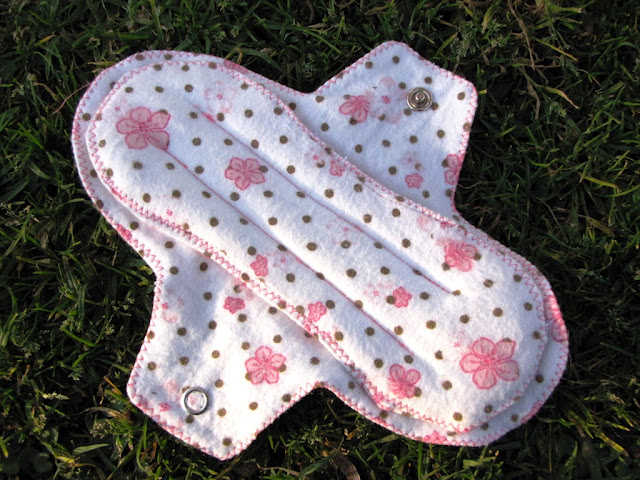Sewing Reusable Cloth Pads– If you would like to help donate cloth pads to women in need, this page can give you some information to get started. Even if you know how to make the actual pads, there are some points to consider when making pads that will be donated. With fabric choices, styles and usability to consider. Some patterns and basic sewing instructions are included in the pad making sections here too.
Instruction Sheets
The women using these pads may never have encountered something like this before, so may need instructions. However instructions in English may not be able to be understood by everyone. So we have created instructions in picture form for the types of pad you might want to make. poker idn
These instructions were created to be used to go along with the donated pads we were organising for a particular donation run, so are using our blood drop absorbency system we created to show the absorbency levels of pads, using a 1-3 drop rating (and corresponding iron on labels on the AIO pads). Also, while you may print these and use them with any donated pads you send off to any organisation, and you may edit them to suit your needs, you may not copy these and have them for download on your own site. https://www.mrchensjackson.com/

What fabric will you need?
Natural fibres are absorbent, breathable and cooler to wear in hot climates. So 100% cotton fabrics are good to use for the top layer and internal layers of pads. The softer fabrics like flannel or flannelette and t-shirt “jersey” feel nicer against skin, but any 100% cotton will be good. premium303
For the absorbent core of an AIO pad, or for the absorbent inserts in a pocket or Base+insert pad, cotton towelling has the following absorbency range – 1 layer = “light”, 2 layers = “medium”, 3 layers = “heavy”. Cotton flannel has: 4 layer = “light”, 8 layers = “medium”, 10 layers = “medium-heavy”. https://3.79.236.213/
Anything can be used as the underneath side of pads, but “shiny” or “slippery” type fabrics are not the best choice as they can make the pads slip around. Plain cottons, calico, t-shirt material (“Jersey”) and cotton/poly blends would make good backing. Some people use polarfleece or corduroy as the pad backing as it makes the pad very non-slip.
If you want to make a leak-proof/waterproof layer in the pad (recommended), you can look to 100% synthetics. “Ripstop” nylon and other 100% nylon fabrics, as well as Microfleece and Polarfleece are all “water-resistant”, in that they will offer some leak protection but are not completely leakproof. Waterproof cot sheets, plastic tablecloths and even shower curtains can be used as waterproof layers as these are generally waterproof (Thicker tablecloths/shower curtains are probably a better choice to very thin ones that may tear). You can purchase waterproof fabric called “PUL” from online nappy/diaper making websites, which is a superior “breathable” waterproof fabric used in making cloth nappies and cloth pads. This is the most ideal fabric, as it is more durable and breathable. Micro/polar fleece with a layer of ripstop nylon would be a second-best option if you can’t use something completely waterproof.
Remember that these pads will need to last these women for a long time, and be very effective (and perhaps worn for longer lengths of time than you would wear pads, due to them not having many pads to change frequently), so it really is a good idea to go to the extra effort of using PUL
Sources of fabrics for pads
Top – Cotton t-shirts, Flannel/flannelette sheets, nightgowns or pyjamas.
Core – Towels, microfibre cleaning cloths, hand towels, flannel/flannelette.
Waterproofing – Cot/Crib protector sheets, shower curtains, tablecloths.
Backing – Cotton sheets, shirts, tablecloths. Any other non-slippery fabric.
You can use second hand fabrics, so long as they are clean and not stained or obviously worn out. Look around your house and see if you have any old towels or sheets you can use. You can look at thrift shops or “Op shops”, which often sell bundles of new fabric, but also sell second hand items that can be cut up for fabric.. Also look in the “remnants” bin of fabric stores for some cheap fabrics. If you can ask friends/family for fabrics, that is another option. Also consider approaching clothing or nappy/diaper manufacturers who will often have fabric offcuts they just throw away.
How to get the most from your fabric.
Winged pads take more fabric to make than a non-winged pad, but there are a few ways to help you get as many pads as you can from your fabric.
Core – Instead of having all the core layers running through the whole pad, you can cut a full layer of plain cotton (flannel preferably), and strip of the towelling (or several strips of flannel), and sew those strips just down the centre of the extra cotton layer (leaving a large seam allowance around the pad so you won’t sew through the core if top stitching), then make up your pad as normal. This can mean you use much less fabric, having the core just where it is needed down the centre of the pad, and it also makes the wings fold nicely without the extra bulk.
Pattern shape – If the pattern you use has the wing in the centre of the pad (eg. if when you fold your pattern in half, the front and back line up and the centre of the wing is where the fold is)… and depending on the shape of your pad, then your pattern should fit together on the fabric (or “tessellate”). That means that if you trace your pattern out across the fabric, you should be able to make another layer under this where the wing fits into the gap formed between the front and back of the pads, so you get very little wastage
